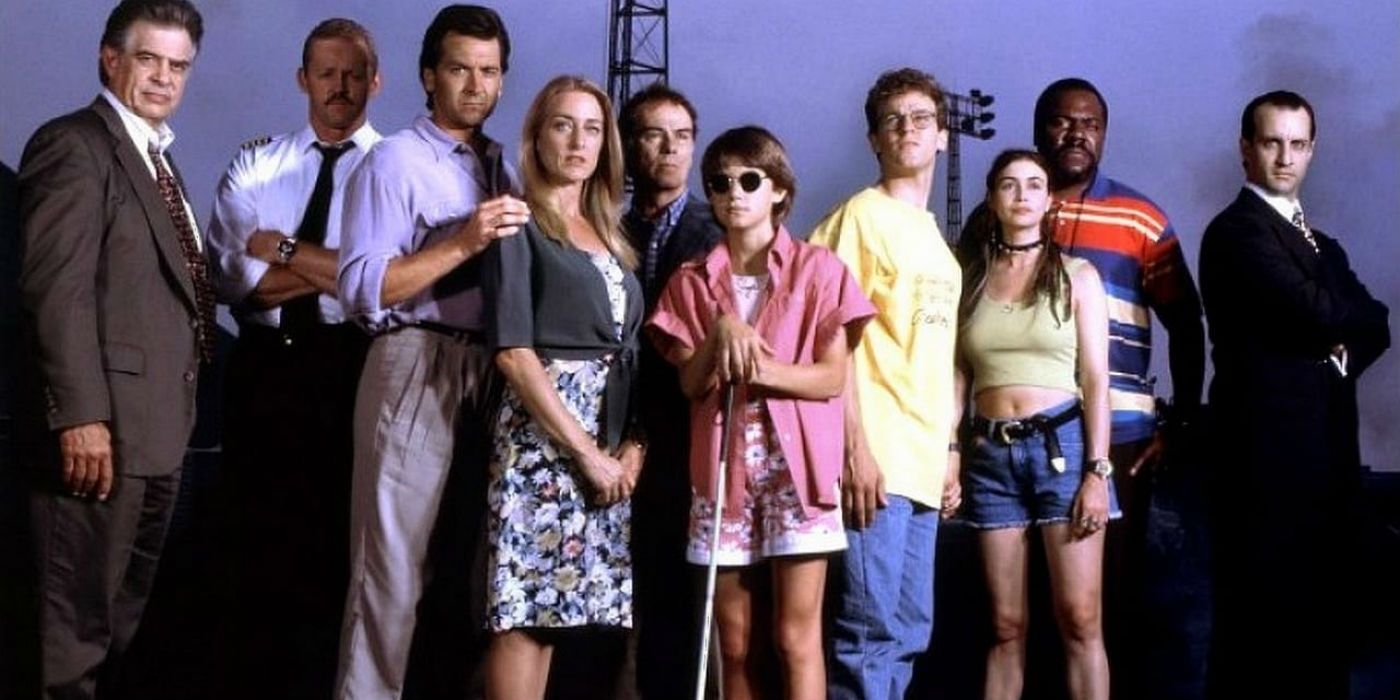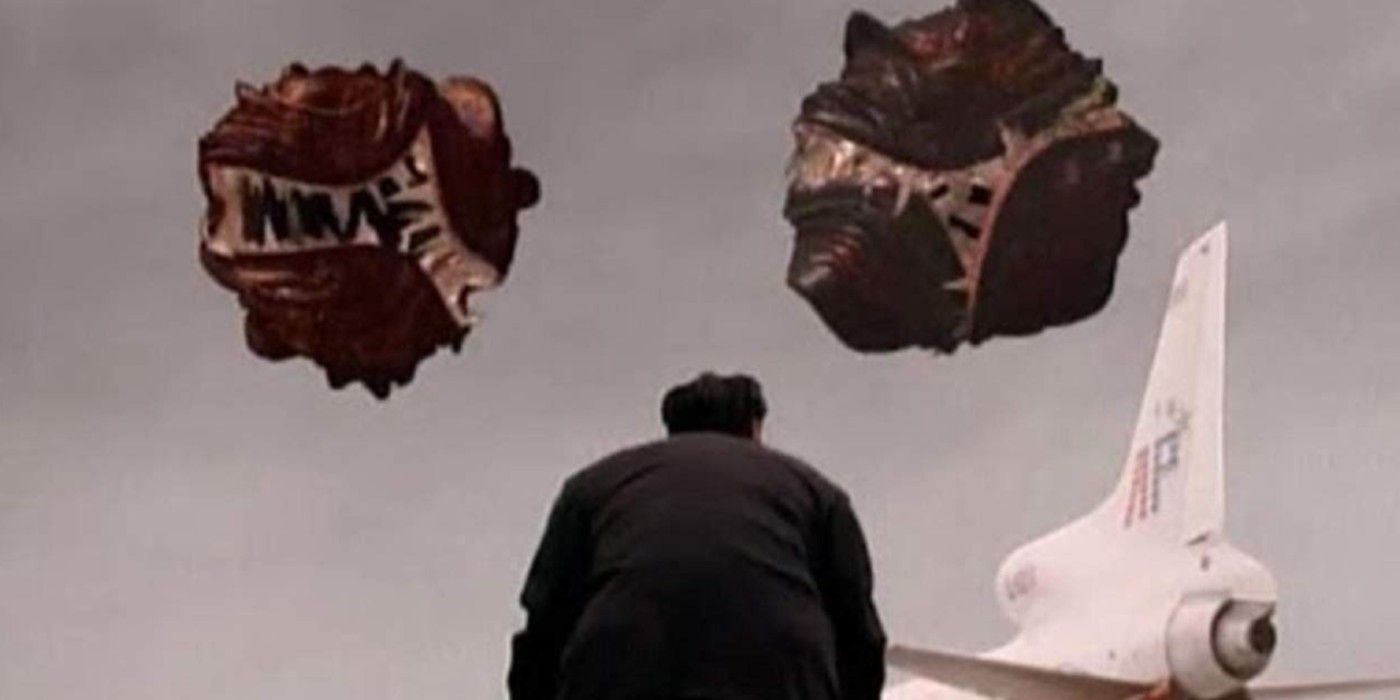Stephen King's time travel novella The Langoliers - and its TV adaptation - tries hard to reinvent the sub-genre, but the rules don't make sense. For fairly obvious reasons, time travel is one of the most commonly employed sci-fi devices in fiction. After all, just about everyone has some mistake, accident, or other unintended error in their past that they would love to go back and correct. As long as regrets are a thing, there will be a widespread personal desire to turn back the clock and fix things.
Of course, not all stories involving time travel actually allow changing the past to correct the future. A big recent example of that setup being Avengers: Endgame, in which changing something in the past only creates an alternate timeline from that point forward, although one can at least retrieve objects from the past and return to their former present with them in tow, such as the Infinity Stones or Thor's trusty hammer Mjolnir.
It's no surprise that Stephen King, one of the most popular authors of all time, eventually tackled the idea of time travel, and he's ultimately done it in several different stories. One in particular though, The Langoliers, presents an interesting variation on the concept, but in a way that will leave many scratching their heads.
Stephen King's The Langoliers Time Travel Rules Make No Sense
In The Langoliers, the characters inadvertently travel backward through time when the plane they're on flies through the aurora borealis, a sky phenomenon commonly referred to as "the northern lights." When they land, the group quickly discovers that unlike in films such as Back to the Future, the past they've traveled to isn't intact. It's devoid of life, and sensation, and machines don't even work as they should. The past sits to be eventually eaten by the titular creatures, rendered in the miniseries adaptation as what looks like giant purple meatballs with lots of sharp teeth.
Most of the group survives and manages to return to the present by flying back through the aurora borealis, albeit with one person having to sacrifice their life by staying awake through the trip. They get back to the present, which turns out to be a bit into the future. They wait, and the present "catches up," with them suddenly back where they should be in time. The problem is, that doesn't make much sense, and King really doesn't conclusively explain how things actually work, preferring instead to have his usual author character somehow make correct guesses as to what's going on.
For example, if the present can catch up to them in the future, doesn't that mean the past should be able to catch up to the present when they're back in the past? Why is the time correction only applying in one direction? Is there just not a mechanism like The Langoliers that cleans up the future of things that aren't meant to be there? Also, why is the inside of the plane still somehow "the present," enabling machines to work, cigarettes to light, etc.? Shouldn't this odd phenomenon also accompany the passengers once they exit the plane, as they're also from the present? As if all those questions weren't enough, King himself seems to have abandoned these rules for traveling through time, as his later novel 11/22/63 sends characters through time in a much more conventional way.


